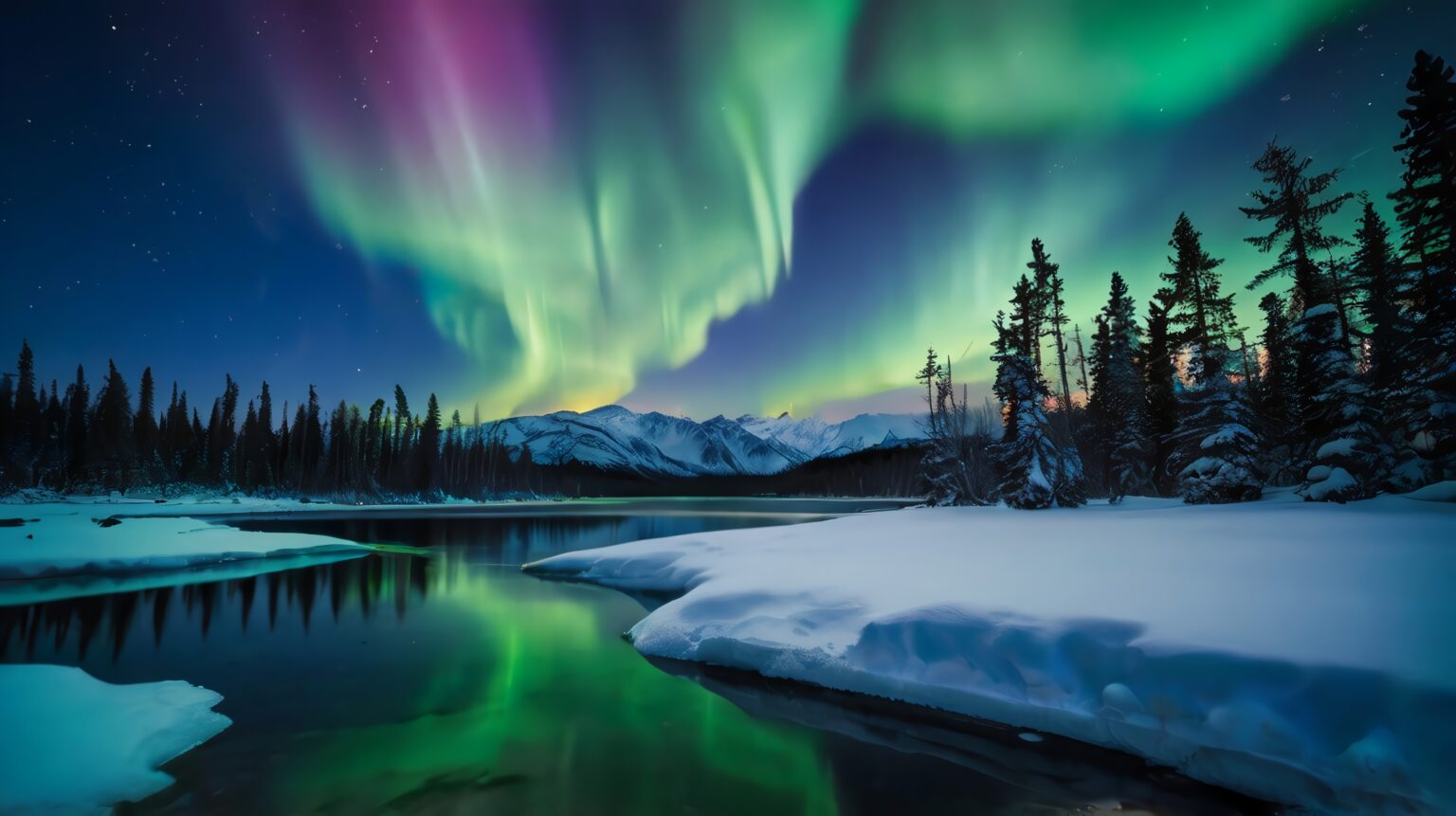A burst of solar energy may light up the skies over parts of the United States this week. Space weather experts say a geomagnetic storm could create dazzling northern lights visible far beyond the usual Arctic regions.
Solar Energy Sparks the Glow
A powerful coronal mass ejection, or CME, recently erupted from the sun and is racing toward Earth. The blast has prompted a strong geomagnetic storm watch, with forecasters predicting its arrival between Thursday evening and Friday morning.
Shawn Dahl, a space weather forecaster with the National Oceanic and Atmospheric Administration, explained in an email that auroras will “quite likely spin up overnight” if the timing aligns. He added that while the solar event is being closely monitored, major disruptions to radio or communication signals are not expected.
Where to Look for the Lights
Residents across northern states — including Alaska, Washington, Oregon, Idaho, Montana, the Dakotas, Minnesota, Michigan, and even parts of New York and Massachusetts — may get a chance to see the rare spectacle.
Those in rural or darker areas will have the best view, though a bright moon may reduce visibility. The light show could continue into Friday night depending on how solar activity unfolds.
The Science Behind the Auroras
The sun is currently in its most active phase of an 11-year cycle, a period known for frequent and vivid auroras. As NASA and NOAA note, the sun’s poles are in the process of swapping positions, creating strong magnetic disturbances that can send charged particles toward Earth.
When these particles collide with Earth’s atmosphere, they create the colorful waves of light known as auroras. Last year, one of the strongest geomagnetic storms in decades lit up skies as far south as New York City and Germany. Experts say the current active phase will likely continue through the end of the year.
The Hidden Power of Solar Storms
While beautiful, solar storms can also cause disruption. When plasma and charged particles hit Earth’s magnetic field, they can interfere with satellites, GPS systems, and even the power grid.
Historic examples include an 1859 storm that set telegraph lines ablaze and a 1972 event that may have detonated magnetic sea mines near Vietnam. Today, space agencies track solar behavior daily to issue alerts before strong activity reaches Earth.
How to Catch the Show
NOAA’s Space Weather Prediction Center offers real-time aurora forecasts online, and several apps can help track viewing opportunities. Experts recommend heading to dark, open areas — such as national parks — away from city lights and checking local weather to avoid cloud cover.
Even if the aurora isn’t visible to the naked eye, a smartphone camera on night mode may capture its subtle colors.
A Celestial Reminder
As the sun continues its cycle, the northern lights remind us of Earth’s connection to the cosmos. For many, witnessing these luminous curtains of color is a once-in-a-lifetime experience — a natural performance painted by the universe itself.



